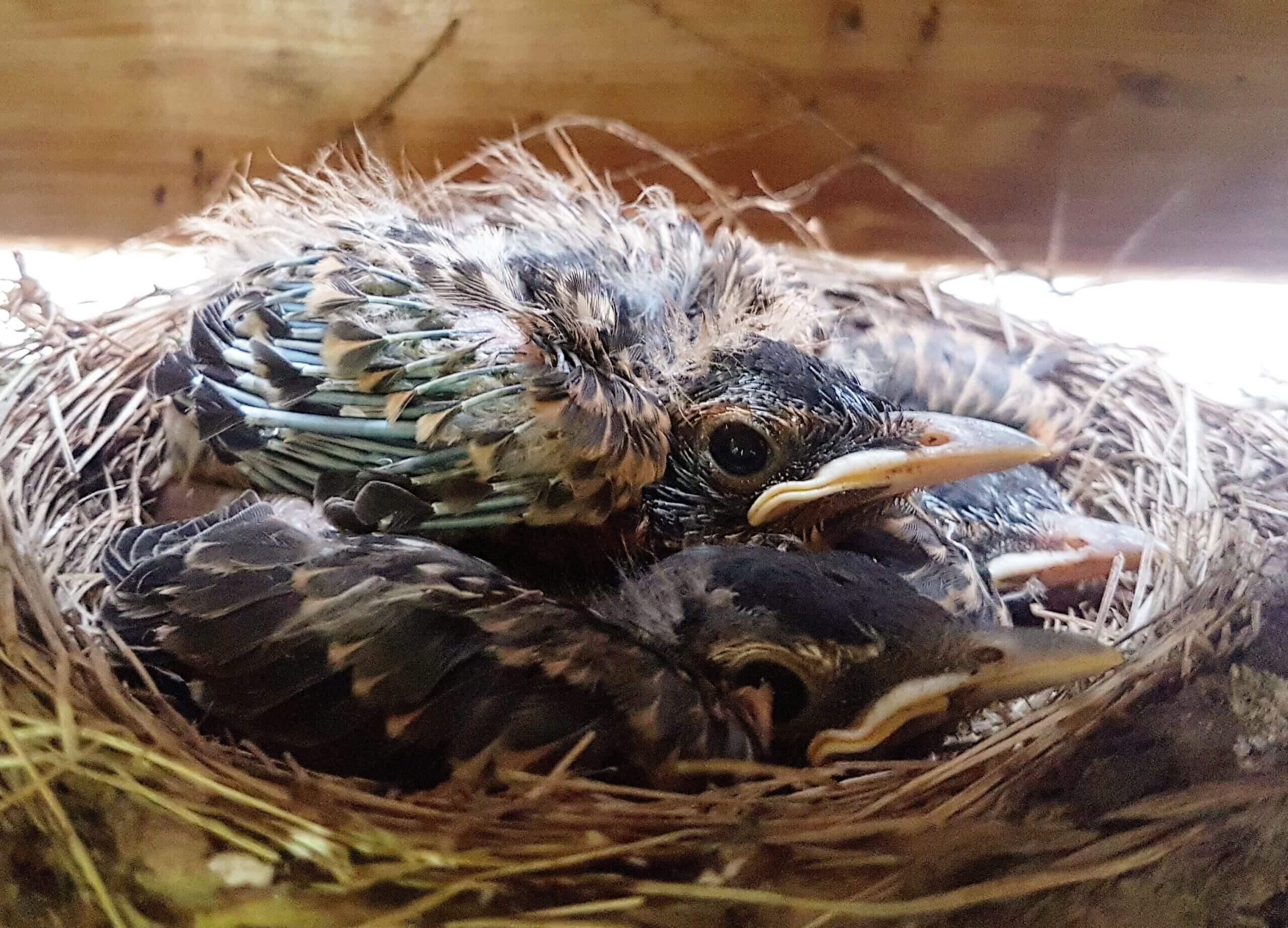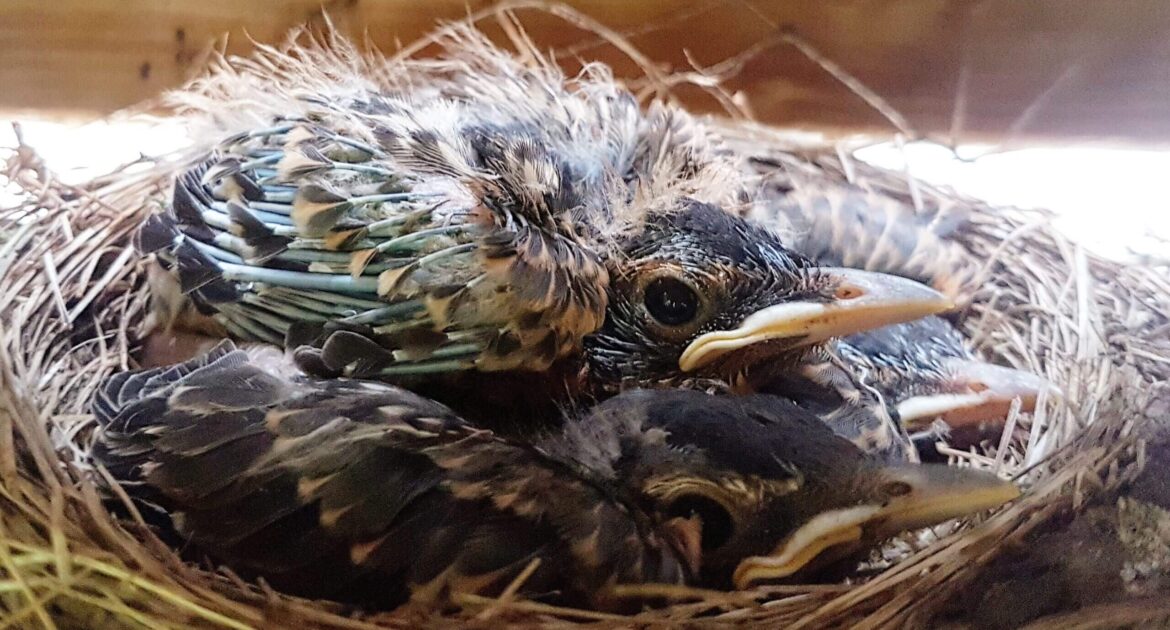Regardless of the temperature outside, blooming flowers and singing birds are sure signs of spring in Ontario. Everyone knows how a plant goes from a seed to a flower; but do you know why birds, who have been relatively silent all winter, suddenly begin their vocal acrobatics? Skedaddle, the experts in wildlife control in Newmarket, explain why birds sing and whether their songs are a sign you might need bird removal services.
How Do Birds Know When It Is Spring?
Most people use a calendar to keep track of important dates, including the first day of spring on March 20 or 21. However, unlike Canada Day or Labor Day, humans did not create this holiday. The first day of spring is rather a celestial event, known to astronomers as the vernal equinox. On this day, the earth’s equator lies directly beneath the sun, causing there to be exactly 12 hours of daylight and 12 hours of darkness.
All living things, including birds, are attuned to the way day length changes throughout the year. Trees open their buds, mammals come out of hibernation, and birds begin singing in response to increased hours of daylight that occur following the spring equinox. In birds, the pineal gland receives light information from the eyes, then secretes hormones in response. These hormones in turn tell the bird’s brain and body that it’s time to make baby birds.
Why Do Birds Sing?
Birds of all ages and both sexes vocalize throughout the year. They may scold an owl, screech in distress when captured, or chirp in delight at the sight of a well-stocked bird feeder. However, scientists who study birds make a distinction between these vocalizations and actual birdsongs. Songs are the melodious sounds you hear in the spring, although for blackbirds and other raucous species, the beauty of their melody is in the ear of the beholder.
With a few notable exceptions, males are the ones who do the singing, due to a surge in testosterone that longer spring days bring about. If you pay close attention, you will see a male bird patrol the perimeter of his claimed territory, stopping to sing from visible perches as he goes. This behaviour warns other males to stay out and invites females to come in. Females then choose their mates based on the quality of their performances.
How Can You Keep Birds Out of Your Home?
Using knowledge of bird behaviour, you can determine whether a male bird might have his eye on part of your home for a spring nesting area. Look for some of these indicators of territoriality:
- Birds singing from your rooftop
- Woodpeckers drumming on the side of your house
- Wrens flying into the eaves
- Birds repeatedly flying indoors
- Chimney swifts circling the chimney at dusk
Knowing the type of nest that the species around your home make is also helpful in determining whether they intend to nest somewhere you don’t want them. For example, starlings seek out cavities and thus may take over holes in your attic, whereas whippoorwills are ground nesters that do not enter houses. If you think a bird may cause a problem, it is best to be proactive early in the spring, rather than wait until they have nests with eggs or babies.
Skedaddle Humane Wildlife Control
Skedaddle Humane Wildlife Control technicians can identify the species of birds on your property and use their knowledge of bird behaviour to make a plan to keep them out of your house during the nesting season. If birds have already moved in, leave the situation to the professionals and don’t try to remove them on your own. Contact us online to schedule a home inspection or call our Newmarket office to talk about birds.




